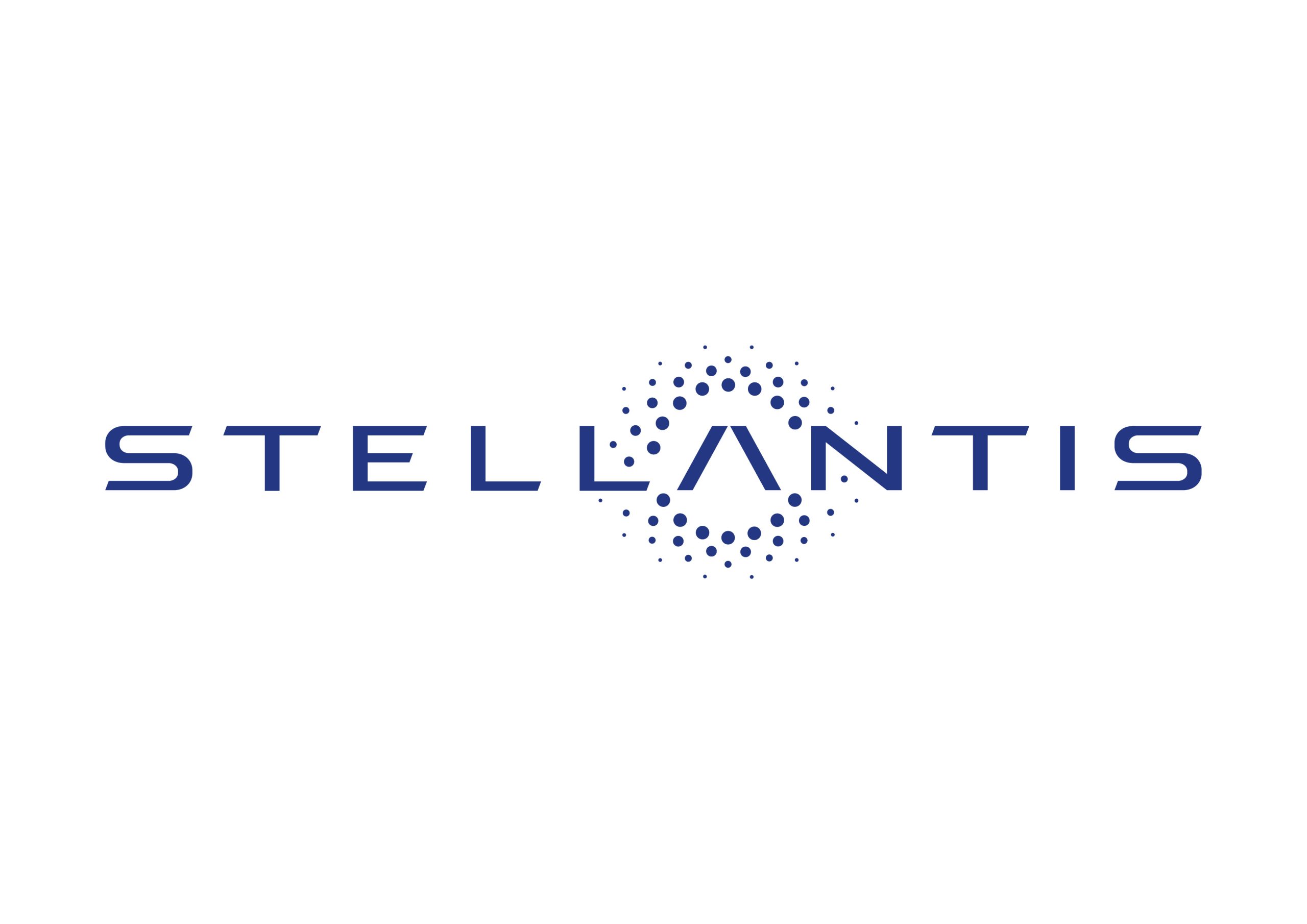Taking advantage of the framework of KubeCon North America 2024, the annual conference organized by the Cloud Native Computing Foundation that is being held these days in the United States, SUSE has announced the launch of SUSE AI, artificial intelligence solution for the company with a focus on openness and free choice of implementation models and components.
The European open source benchmark unveiled SUSE AI at its own conference, SUSECON 24, last June. The company presented this initiative as «SUSE’s vision and strategy for open, secure, enterprise-grade generative AI«, while doing the same with the person in charge of the new division, Pilar Santamaría, whom we were able to interview then.
In the interview, the vice president of AI at SUSE told us all kinds of details about SUSE AI, although as it was announced, practically from the moment of the announcement, SUSE clients and partners who so desired were invited to join the SUSE AI Early Access Program, ahead of its launch, scheduled for the end of the year.
Well, the release of SUSE AI has arrived. Designed as a cloud-native solution, SUSE AI offers built-in flexibility and extensibility for businesses looking for a secure and reliable platform to deploy and run generative artificial intelligence (GenAI) applications; a platform that is based on three fundamental pillars:
-
Security by design: SUSE AI provides software infrastructure-level security and certifications and tools that offer zero-trust security, templates, and compliance guides. With SUSE AI, they can ensure that all use and processing of sensitive and private data remains private, significantly reducing the risk of data breaches and unauthorized access. SUSE AI components are built with the SUSE Common Criteria Certified build system, which cleans the software and performs vulnerability scanning.
-
Multifaceted trust: With SUSE AI, customers can trust their AI solutions: trust that the platform is secure, that the data generated is correct, and that private customer data and intellectual property are kept private. They can deploy well-managed AI wherever their business needs it, from on-premises to hybrid, in the cloud, and even in isolated environments. Enterprises can future-proof themselves by leveraging the AI components provided as part of SUSE AI or bring their own AI tools to fit their unique use cases and increased workloads.
-
Choice: SUSE AI offers options to customers by providing a secure platform on which they can select any AI component. Customers have full control over platform optimization and extension, as well as flexibility in the selection and deployment of extensive language models (LLMs). Simplified cluster operations and persistent storage, along with easy access to pre-configured tools and shared services, mean customers can rely on SUSE AI under any circumstance.
«AI is incredibly powerful, but without due consideration, it has the potential to cause harm and damage reputations. As the value of GenAI – and the need for it – becomes more evident, we are seeing customers face compliance risks, shadow AI and lack of control, not to mention vendor lock-in and increased costs associated with early stage AI solutions” comments Abhinav Puri, vice president of Solutions Portfolio at SUSE. “SUSE’s approach to AI, implemented in our SUSE AI solutions and the SUSE AI Early Access Program, helps customers address these issues.”
All information about SUSE AI on the product page.
SUSE Cloud Observability, observability in the cloud
On the other hand, SUSE has taken advantage of its participation in KubeCon North America 2024 to make another announcement of interest: that of SUSE Cloud Observabilitya fully managed cloud observability platform designed specifically for Kubernetes clusters managed through Rancher, thus eliminating the need to use non-integrated tools and making the process cohesive.
It should be remembered that SUSE Cloud Observability is based on the purchase of StackState, which the German firm made in the middle of the year. With this move and its conversion into a house product, the company deepens its commitment to offering a set of comprehensive solutions, even while maintaining the traditional maxim of supplier independence by choice.
Observability has become another element of the production chain in many companies, and not just any one: this concept is understood as the ability to monitor and understand the internal state of complex and distributed systems, such as environments in the cloud, by collecting and analyzing data in real time, allowing IT teams to anticipate failures, manage performance and ensure stability by providing a complete view of components and their behavior.
That is, what has always been done, but integrating the tools to facilitate the monitoring of metrics, the analysis of reports and the visualization of incidents. In this sense, SUSE Cloud Observability provides advantages such as:
-
Complete perspectives: Deep insights into Kubernetes environments powered by OpenTelemetry, and 40+ out-of-the-box dashboards that provide a comprehensive view of the entire infrastructure.
-
Quick setup and deployment: Rapid deployment with a SaaS observability solution and pre-configured policies out of the box.
-
Profitable entry point: Start small and scale as needed with usage-based pricing, no hidden costs, while enjoying a fully managed SaaS solution.
In this first stage, SUSE customers can get Cloud Observability free for six months as part of the Early Availability program, followed by a scalable, pay-per-use pricing model designed for flexible enterprise adoption. All information about SUSE Cloud Observability on the product page.











